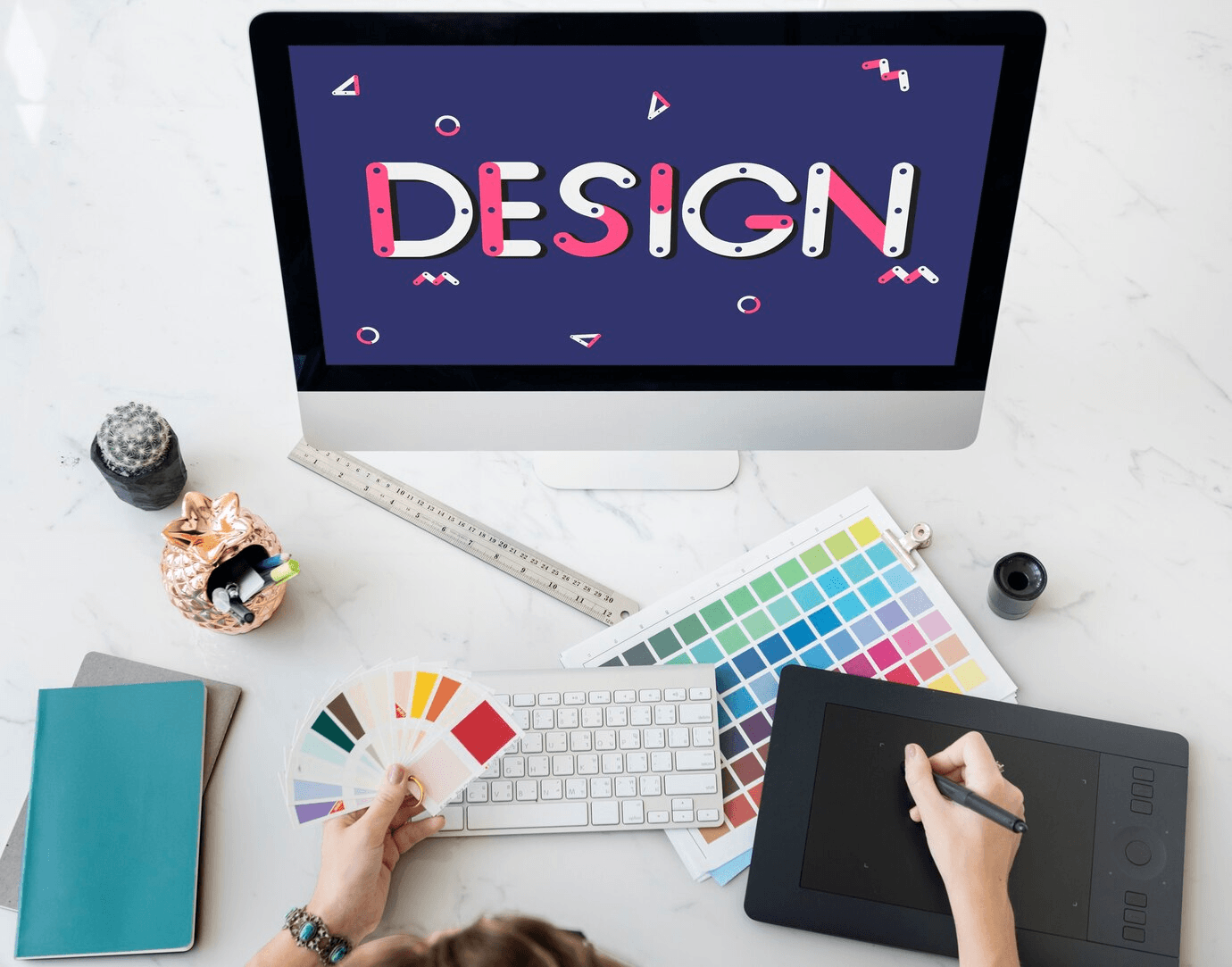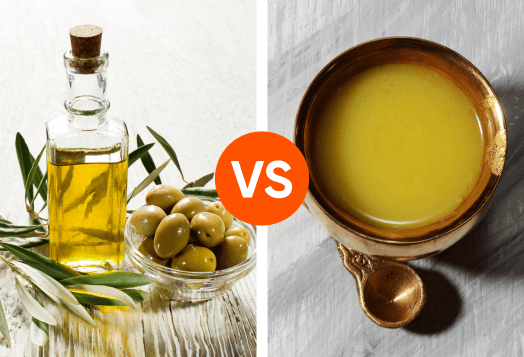
Did you know? Storytelling can increase conversion rates by 30%—and it’s not hard to see why.
It would be an understatement to say that our brains are wired for stories. When you encounter a design that goes beyond aesthetics to narrate a journey, your attention latches onto it. It’s why you remember the small bakery ad with a heartfelt backstory more than a random 50%-off sale.
Stories trigger emotions, build trust, and make abstract ideas tangible. Let’s talk more about this.
What is Storytelling in Design?
Storytelling in design is the art of weaving narrative elements into visuals like those in art exhibitions, layouts, and user experiences to communicate ideas more effectively. It goes beyond aesthetics and functionality, aiming to create a human connection that engages and resonates with users.
Take Google, for example. Their Doodles, which evolve to mark holidays or celebrate milestones, don’t just catch your attention; they transport you into a narrative.
Incorporating storytelling can take many forms. For instance:
User personas help designers understand their audience by creating fictional characters whose stories guide the design process.
Visual elements, such as illustrations, images, or animations, add emotional depth and make the narrative more relatable.
Even user interface (UI) design can follow a narrative arc, leading users through a clear journey with challenges and resolutions.
Many designers often use storytelling to add meaning and coherence to their projects, proving that a well-told story is as important as visual appeal. When executed well, storytelling transforms designs into memorable experiences that connect with audiences on a personal level.
Why Does Storytelling Matter in Graphic Design?
A great design catches the eye, but a design with a story wins the heart. Storytelling transforms static visuals into dynamic experiences, creating connections that stick. Here’s why it’s a game-changer:
1. It tugs at your heartstrings
Think about the last time you lingered on a design—it probably made you feel something. Whether it’s nostalgia from a vintage cola ad or hope in a charity poster, storytelling taps into emotions, making your audience care. Watercolour art can achieve the same emotional pull. An emotional bond isn’t just memorable; it builds trust and loyalty, which are crucial for lasting impact.
2. It makes you pause
We live in a world where attention spans rival goldfish. A design that tells a story cuts through the noise. Imagine a travel campaign showing not just destinations but the journey of a solo traveller rediscovering themselves. It’s this hook that stops thumbs mid-scroll.
3. Turn the complex into clarity
Some concepts are hard to explain in words, but stories in design can make them instantly relatable. A fintech app, for example, could use visuals of a family planning their dream home to simplify investment jargon. Storytelling breaks down barriers and delivers the message effortlessly.
4. It transports you through time
Ever seen an ad that takes you back to childhood or places you in a hopeful future? That’s storytelling bringing you into a specific moment. A brand’s ability to set the scene not only evokes emotion but also nudges you toward action—buying, sharing, or simply remembering.
5. From awareness to engagement, it inspires action
Storytelling doesn’t just resonate—it drives behaviour. Whether it’s a call to action subtly woven into a narrative or a design that aligns with a social cause, stories can guide your audience toward taking meaningful steps. A great example is a crowdfunding campaign that shares real stories of impact, motivating people to contribute.
How to Incorporate Storytelling into Graphic Design?

Storytelling in design isn’t about adding random elements—it’s about crafting a narrative that resonates. Here’s how you can seamlessly weave storytelling into your creative process:
1. Think like a filmmaker: Use a narrative structure
Every story has a flow: a beginning that hooks, a middle that engages, and an end that leaves an impression. Apply this to your designs. For instance, a product launch campaign could start with the problem customers face, highlight the product as the solution, and end with a call to action. This structure keeps your audience invested from start to finish.
2. Make it personal: Create relatable characters
A mascot, an avatar, or even symbolic figures can make your design feel human. Imagine a recycling campaign featuring a quirky character made of reused materials—this not only adds relatability but also emphasises the cause. Characters help viewers see themselves in the story.
3. Evoke emotion with visuals
The right imagery can communicate what words can’t. A touching photograph of a child holding a lantern can symbolise hope in a disaster relief campaign, while bright, dynamic colours can evoke excitement in a concert poster. Choose visuals that align with the feelings you want to inspire.
4. Incorporate visual metaphors
Metaphors simplify complex ideas. A cracked egg for fragility, a mountain for challenges—these symbols resonate instantly. For a startup, you might use a rocket to represent launch and growth. Such metaphors make your message clear without overloading your design.
5. Incorporate typography that talks
Typography is more than decoration; it’s a voice. Playful fonts can make a children’s event feel approachable, while bold sans-serifs exude confidence in a corporate pitch. Handwritten styles can add a uniquely personal touch. Pair the right typography with your message to enhance the story you’re telling.
6. Design for your audience, not you
A good story only works if it speaks to the right people. If you’re designing for young professionals, your visuals might focus on minimalism and ambition. For families, warmth and inclusivity could take centre stage. Tailoring your design ensures it connects on a personal level.
7. Establish a narrative arc
Guide your audience’s journey through the design. Start by presenting the problem, build anticipation, and end with a solution or emotional payoff. A promotional poster, for instance, could use sequential panels to show a challenge being overcome, culminating in the hero moment.
8. Stay cohesive
Every element in your design—colour palette, fonts, imagery—should align with your story. A mismatch confuses your audience and breaks the narrative. Think of it as dressing your message in the same outfit from head to toe.
Bring Your Story to Life with Design
Storytelling in graphic design isn’t just a trend—it’s a way to connect, inspire, and stand out. By weaving narratives into your visuals, you create designs that speak directly to your audience, hold their attention, and drive meaningful action. Whether it’s a campaign, logo, or branding project, your story deserves to shine.
If you’re ready to transform your ideas into impactful designs, the next step would be hiring professionals to bring your ideas into vision.
Contact Pyng professionals today and bring your story to life through design.




